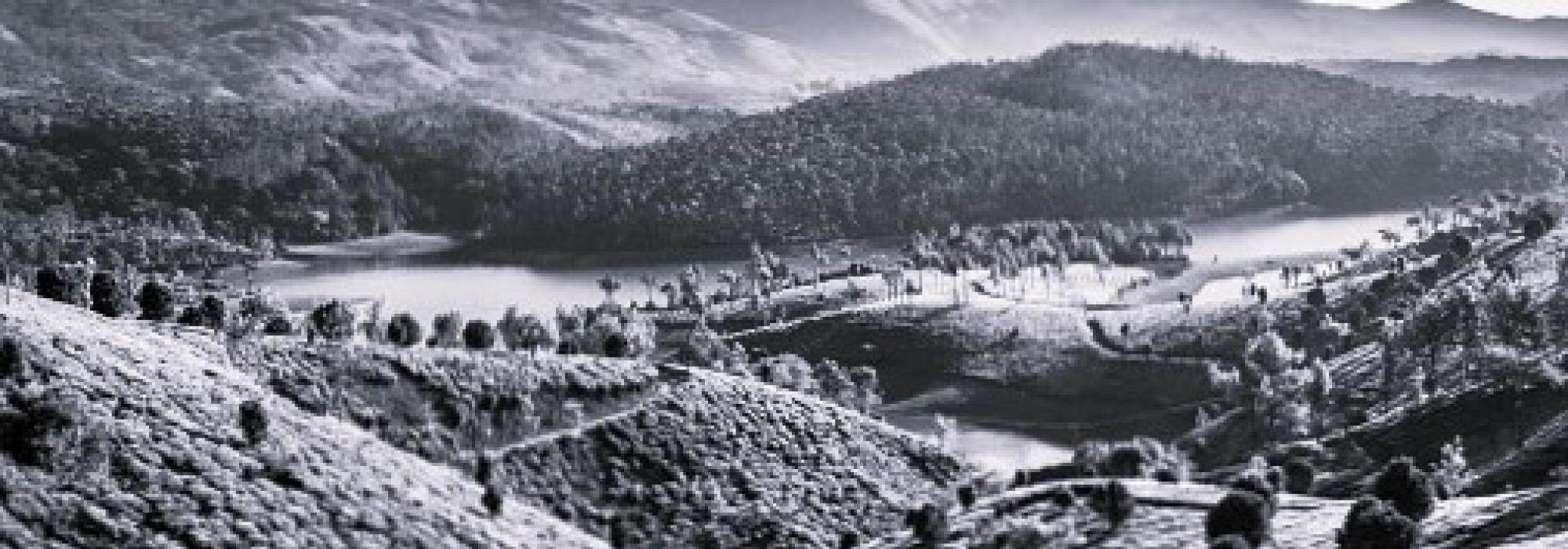Madhyama-vyāyoga, Dūta-vākya, Dūta-ghaṭotkaca, Karṇa-bhāra, and Ūru-bhaṅga are the other plays authored by Bhāsa based on the Mahābhārata. It is hard to say if there were more plays in the Bhāsa-nāṭaka-cakra. We have been able to place our hands on only these for now. In some sense, we can say that the cakra is complete with these. The Mahābhārata is the story of the kṣāttra of the Pāṇḍavas and Kauravas. From a poetic perspective, the yuddha-pañcaka constitutes the heart of the epic. The set of valorous incidents of the epic begins with Duśśāsana pulling Draupadī’s tresses in an assembly of relatives. The Ādi-parva does not count towards the episodes that capture the kṣāttra of the cousins; this first parva of the epic is like the root of a sugarcane stalk. The incident connected with Draupadī’s humiliation has been among the favourite themes for poets to explore; however, Bhāsa does not appear to have made use of this theme at all. He seems to have been more interested in describing cruelty, insult, and domination. It is likely that he was satisfied with its depiction in the Dūta-vākya. Even the wicked softened in the glow of his sāttvic radiance. The vile becomes good; the good becomes noble. Kaikeyī of Pratimā-nāṭaka, Karṇa of Pañca-rātra, and Duryodhana of Ūru-bhaṅga are examples of this.
It would not be wrong to say that Bhāsa has laid bare before us examples from different segments of the Mahābhārata in his different plays. The Madhyama-vyāyoga is based on the story from Araṇya-parva, the Pañca-rātra on the Virāṭa-parva, the Dūta-vākya on the Udyoga-parva, Dūta-ghaṭotkaca on the Droṇa-parva, the Karṇa-bhāra on Karṇa-parva and Ūru-bhaṅga on the Śalya-parva. As the Pañca-rātra is based on the Virāṭa-parva, the playwright must have composed this play first.[1] We first discussed the Pañca-rātra because it is the most elaborate one among the plays composed on the Mahābhārata; it evokes rich rasa and contains the best essence of the Virāṭa-parva.
Among the other plays based on the Mahābhārata, the Madhyama-vyāyoga is chronologically the first. Madhyama refers to the middle one among the Kaunteyas, namely Bhīma. Madhyama goes to rescue the madhyama-putra, the middle son of a brāhmaṇa named Keśava-dāsa who was caught by Ghaṭotkaca; he enters into a fight and this is the vyāyoga that the play captures. The series of events depicted in the play are imagined by the poet.
The play beautifully captures the love that parents have for each other and the affection a father has for his son. Bhīma is partial towards those who are strong and valorous. He sends his brothers to attend a yajña and he remains at home to protect the place; he exercises and strengthens his body. Ghaṭotkaca is his son; though he is young by age, he displays combative skills equal to that of Bhīma. Just as Abhimanyu gets defeated by Bhīma in Pañca-rātra, here, Ghaṭotkaca is defeated by him. The play hints that the son will fight on the father’s side in the great war of the Mahābhārata; this is the reason behind Bhīma’s excitement. Once he is caught by Ghaṭotkaca, Bhīma does not mind his defeat and feels happy that he has garnered the support of a son of such calibre for the great war. Even when he is in Ghaṭotkaca’s clutches, he says, “Suyodhana! Look here, your enemies are growing stronger. Protect yourselves!”
Hiḍimbā is a rākṣasī only by birth and not by her character. Her husband and children are like her too. They are not heroes on the battlefield like they have been portrayed, but are powerful. They did not reside with other humans but stayed in the forest, which is the abode of rākṣasas and wild animals; they lived the life of asuras.
The Pāṇḍavas spent twelve years in the forest and lived incognito for a year. It was now time for them to get back half their kingdom. The treaty that they tried to strike with Duryodhana was futile. Duryodhana assembled his ministers, declared war, and named Bhīṣma as the commander-in-chief upon the approval of everyone else. In the meantime, Śrī-kṛṣṇa goes to the Kaurava court to attempt to broker a treaty of peace between the cousins; he tries to avoid the deadly war. But his attempts at the treaty are futile.
This is the story of the Dūta-vākya; in this play, we get to witness the wicked nature of Duryodhana, his cunning mind, and the jealousy of his relatives; he is also greedy and possessive about his kingdom. Śrī-kṛṣṇa first tries the sāma-mārga and then is annoyed by Duryodhana’s evil words; he regains composure with the display of sincere bhakti by Dhṛtarāṣṭra. The play captures very well the verbal duel between Śrī-kṛṣṇa and Duryodhana.
Kṛṣṇa and Duryodhana are the only characters who appear on the stage. The kañcuki, Dhṛtarāṣṭra and Sudarśana appear only for a while. The story as captured in the Dūta-vākya does not include the advice provided by Droṇa and Bhīṣma, Vidura’s devotion and Kuntī’s affection for her children. Thus, the attention of the artists and the audience converge upon Kṛṣṇa and Duryodhana. The entire play is in Sanskrit; there isn’t a single phrase in Prakrit.
To be continued ...
The current series of articles is an enlarged adaption of Prof. A. R. Krishnasastri's Kannada treatise Saṃskṛta-nāṭaka. They are presented along with additional information and footnotes by Arjun Bharadwaj.
[1] In the Indian tradition, it is believed that the reading of the Mahābhārata must begin with the Virāṭa-parva.










































